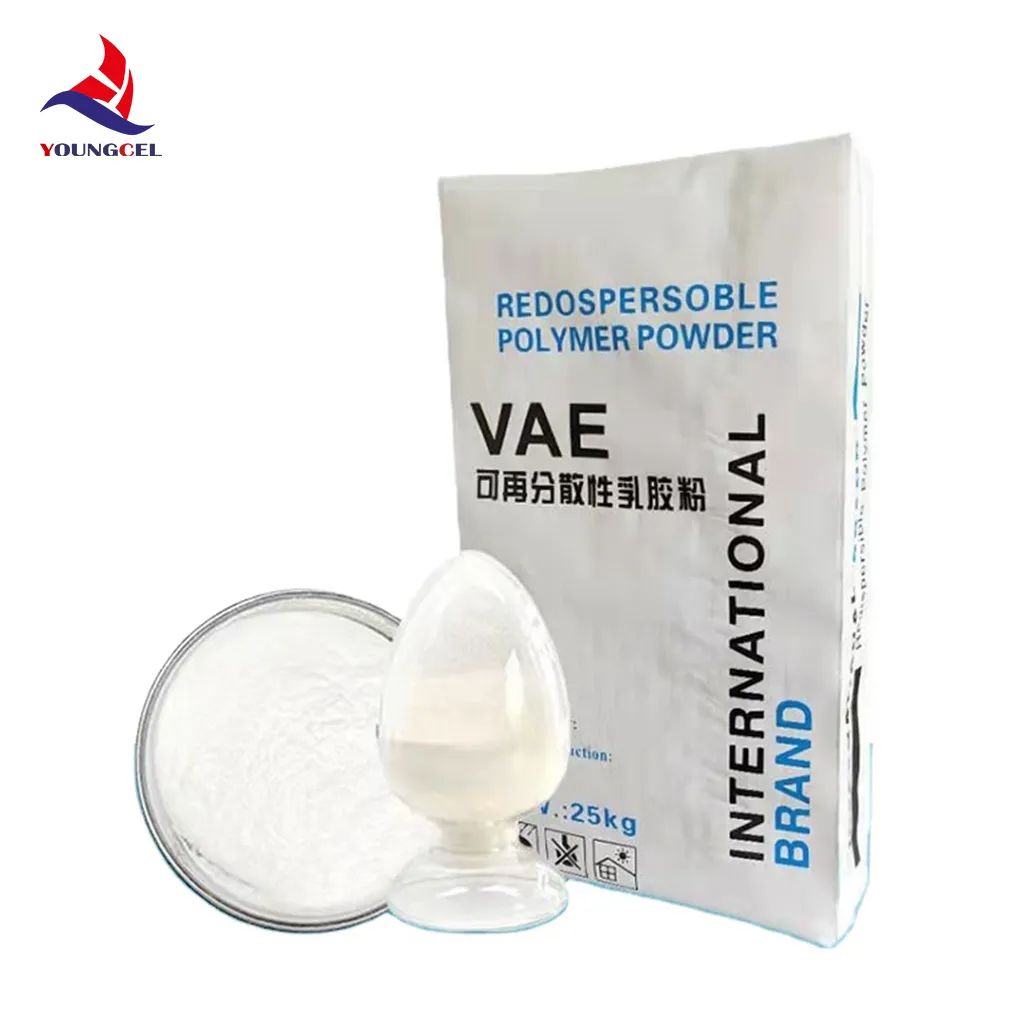Understanding HPMC The Versatile Hydroxypropyl Methylcellulose
Hydroxypropyl Methylcellulose (HPMC) is a non-toxic compound widely utilized in various industries, notably in pharmaceuticals, food, and construction. As a derivative of cellulose, HPMC boasts multiple functional attributes, making it a crucial ingredient in numerous formulations. This article delves into the properties, applications, and benefits of HPMC, particularly in the realms of medicine and food production.
What is HPMC?
HPMC is a semi-synthetic polymer derived from cellulose, which is obtained from plant fibers. Through a series of chemical modifications, cellulose is transformed into HPMC, enabling the formation of a versatile compound with desirable qualities. This white, odorless powder is soluble in water and can form viscous solutions at varying concentrations, offering a wide range of rheological properties. The molecular weight and specific functional groups of HPMC can be manipulated during production, allowing for customization based on specific applications.
Pharmaceutical Applications
In the pharmaceutical industry, HPMC serves several critical roles. Its most prominent use is as a thickening agent and binder in tablet formulations. The ability of HPMC to form gels in an aqueous environment enhances the tablet's binding properties, improving stability and uniformity during storage.
Additionally, HPMC is favored for its use in controlled-release drug formulations. By modifying the polymer's properties, manufacturers can create matrices that allow for the gradual release of active pharmaceutical ingredients (APIs) over an extended period. This controlled release is vital for improving patient compliance and therapeutic efficacy, particularly in medications that require consistent blood levels over time.
HPMC is also relevant in the development of ophthalmic solutions. Its effective moisture retention properties make it an ideal ingredient for eye drops and artificial tears, providing lubrication and reducing discomfort caused by dryness.
Food Industry Applications
hpmc selulosa

Beyond pharmaceuticals, HPMC finds extensive use in the food sector as a food additive. Its properties as a thickener, emulsifier, and stabilizer make it a valuable component in various food products. HPMC is often used in gluten-free baking, contributing to the texture and moisture retention of gluten-free bread and pastries. It mimics the properties of gluten, helping to improve the overall quality of these products and enhancing the sensory experience for consumers.
In the production of sauces and dressings, HPMC acts as a stabilizer, preventing the separation of ingredients and ensuring a smooth texture. It provides the desired viscosity without adding significant calories, making it an ideal choice for health-conscious formulations.
Moreover, HPMC is utilized in low-fat products, as it aids in maintaining texture and mouthfeel without the need for high-fat ingredients. As the demand for healthier food options continues to rise, the versatility of HPMC positions it favorably as an essential ingredient in reformulated products.
Benefits of HPMC
The benefits of using HPMC are numerous, making it a go-to ingredient across various domains. Its non-toxic and biodegradable nature aligns well with an increasing consumer preference for safe and sustainable products. Additionally, HPMC is free from allergens, making it suitable for those with specific dietary restrictions.
The compound's versatility in rheology allows formulators to tailor viscosity levels and texture characteristics according to their specific needs. This adaptability plays a crucial role in enhancing the performance and acceptability of the final products.
Moreover, HPMC displays excellent suspension properties, making it suitable for stabilizing dispersed systems in both pharmaceuticals and food applications. This characteristic is essential for products that require shelf-stability, ensuring consistency over the product's lifespan.
Conclusion
HPMC stands out as a multifaceted polymer with a broad spectrum of applications. Whether in pharmaceuticals, where it enhances drug formulations, or in the food industry, where it improves product quality, HPMC is an invaluable ingredient. Its non-toxic nature, versatile properties, and benefits such as enhanced texture and stability make it a preferred choice for manufacturers aiming to meet the diverse needs of consumers. As the demand for innovative formulations grows, HPMC is likely to play a pivotal role across an expanding array of applications.
-
Rdp Powder: Key Considerations for Wholesalers in the Building Materials IndustryNewsJul.08,2025
-
Key Considerations for Wholesalers: Navigating the World of Hpmc - Based ProductsNewsJul.08,2025
-
Hpmc Detergent: Key Considerations for WholesalersNewsJul.08,2025
-
Key Considerations for Wholesalers: China Hpmc For Tile Adhesive, Coating Additives, Concrete Additives, and MoreNewsJul.08,2025
-
Crucial Considerations for Wholesalers: Navigating the World of Construction MaterialsNewsJul.08,2025
-
Key Considerations for Wholesalers Sourcing Additive For Cement, Additive For Concrete, Additive For Putty from Additive Manufacturer Shijiazhuang Gaocheng District Yongfeng Cellulose Co., Ltd.NewsJul.08,2025




